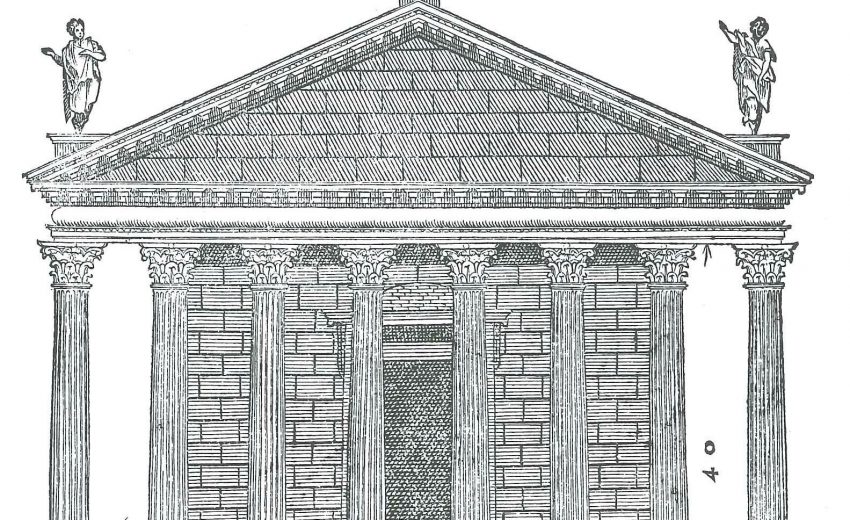

Ultimately, the results of this research do not support the majority of Rowe’s claims about geometric complexity in the villas of Palladio and Le Corbusier, but they do provide insights into Rowe’s discussion of geometric scaling and the properties of four famous houses. The present paper utilises the box-counting method for calculating fractal dimensions to analyse 100 images, consisting of architectural plans, sections, and elevations of the four villas and two Fibonacci sequences, to test Rowe’s ideas. In his writings, Rowe refers to several geometric properties that encapsulate complex, scaled structures, but he lacked a mathematical system to rigorously describe and test his ideas. Rowe also described a particular type of geometric scaling in portions of the four villas which he partially explains as a type of mathematical ‘natural beauty’ akin to the golden ratio and Fibonacci sequence.

Rowe observed that different structural systems produced heightened geometric complexity in cross sections through Palladio’s villas and in Le Corbusier’s plans. His style of architecture - a blend of Greek, Roman and Renaissance art, later known as Palladianism - accorded the greatest priority to maintaining symmetry, perspective and overall harmony, in the manner of Greco-Roman temple architecture, and was widely imitated during the 17th and 18th centuries.In a famous architectural discussion, Colin Rowe links the geometric properties of two sixteenth century villas by Andrea Palladio and two twentieth century villas by the architect Le Corbusier.

His architectural theories were laid out in his treatise Quattro Libri dell Architettura (The Four Books of Architecture), which had a profound impact on building design throughout Europe and America.

He is regarded as one of the greatest architects in the history of Western art, best known for his villas (in the Veneto), as well as his palaces (Vicenza) and churches (Venice), all located within the Venetian Republic. One of the giants of Venetian Renaissance architecture of the 16th century, Andrea Palladio based his designs on the values of Greek architecture, and the traditions of Roman architecture as outlined by Vitruvius. Folio, two volumes bound in full calf with morocco spine labels lettered in gilt, marbled endpapers, illustrated with 218 engraved plates on 203 leaves (including 15 double-page plates), as well as 12 engraved in-text plates. Rare second edition of Leoni's English translation of Palladio's monumental work, containing new typesetting, but reusing the same plates from the first edition.


 0 kommentar(er)
0 kommentar(er)
